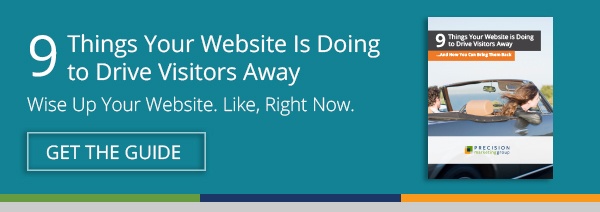When it comes to B2B sales, most prospects say they care most about product and price. That being said, they also expect a great sales experience—one that fulfills their needs at every stage of the funnel and simultaneously builds trust between your company and theirs along the way. And creating an exceptional B2B sales experience starts with the basics.
Let’s talk about some of the critical elements that serve as the solid foundation for a selling process that stands out in a B2B context:
Understanding the Differences between B2B and B2C Selling
There are several key distinguishing features of a B2B (business to business) sales versus selling to an individual consumer. B2C (business to consumer) sales tend to be emotionally driven, based on immediate needs or wants. A B2C sales cycle is typically much shorter relative to B2B, and there’s usually no prior relationship between the sales person and the customer.
Conversely, B2B sales incorporate a great deal of logic and thought, involve a longer term strategy, and require a much more customized sales approach. And if you’re working in B2B sales, you likely know that the deals you’re closing are influenced by building relationships with senior decision makers.
Moreover, the differences between the B2C and B2B sales experience becomes even more apparent when the product or service being sold has a high price tag. Instead of promoting an item like shoes that a customer can purchase online or at a retail store, B2B marketing and sales teams can find themselves selling equipment or service contracts worth hundreds of thousands of dollars. Before a buyer will make that kind of investment, they want to educate themselves to be sure that the product or service will actually help their business increase revenue or reduce costs.
Providing Educational Content throughout the Buyer’s Journey
Because the B2B buying cycle is often much longer than the average B2C decision-making process, prospects require a heck of a lot more nurturing. With buying cycles taking one, two, or even six months, B2B prospects are hungry for content that explicitly discusses how they can alleviate their pain points while they’re considering their various options. By creating educational and detailed content that satisfies potential buyers at every stage of their journey, your business can showcase how and why it’s an industry authority on the topics your prospects care about.
Here’s what a typical B2B buyer’s journey looks like…
- Awareness Stage / Top of the Funnel: The buyer realizes they have a problem. This stage of the funnel is all about helping, not selling. In fact, there should be no product mention; instead, you’re establishing your business or brand as a leader on topics related to your industry.
- Consideration Stage / Middle of the Funnel: The buyer defines their problem and researches options to solve it. MOFU content is where the product or service starts to get woven into the marketing fabric. Think product-related webinars and case studies.
- Decision Stage / Bottom of the Funnel: The buyer chooses a solution. This is the point where sales decks, presentations, proposals, and pricing come into play. Perhaps offering a sample or service demo may be appropriate in order to build trust and close the deal.
Know Thy Product
Customers demand that sales reps have an exceedingly thorough knowledge of their industry, their own products or services and how their offering compares with their competitors. These days, with so much educational content online, prospects have a vast amount of opportunities to research you and your competition – and if they’re serious about making a purchase, they’re already going to know more about you than you might assume once they commit to the sales process.
According to Forbes, more than 53% of what drives B2B customers’ purchasing decisions is the salesperson’s ability to teach customers something new or challenge their thinking. Whether it’s a webinar, a video demo or an in-person meeting, a supplier who can deliver expertise and insight to help customers save money, compete or explain how a product or service will make an impact on their organization is always going to be highly valued.
Don’t Forget You’re Working with People
Whether it is B2C or B2B, sales is—and always will be—about people. Think like you’re marketing and selling P2P! Emphasis should always be placed on providing an optimized personalized customer experience. People have likes and dislikes, various educational backgrounds, preferences for where they get their information (LinkedIn, Trade Publications, Twitter) and how they like that information served up (white papers, infographics, video). B2B marketing and sales leaders should take the time to find out what makes up the personality or buyer persona of the decision makers at their ideal prospect’s companies and tailor their messaging, as well as how that message is delivered, accordingly.
Certainly all companies have challenges that require solutions, but B2B marketing and sales teams that truly demonstrate they understand the prospect, provide the right information at the right time and are always mindful that they are dealing with people (not just companies!) are sure to be on track to deliver the best B2B sales experience as they pursue new business.











